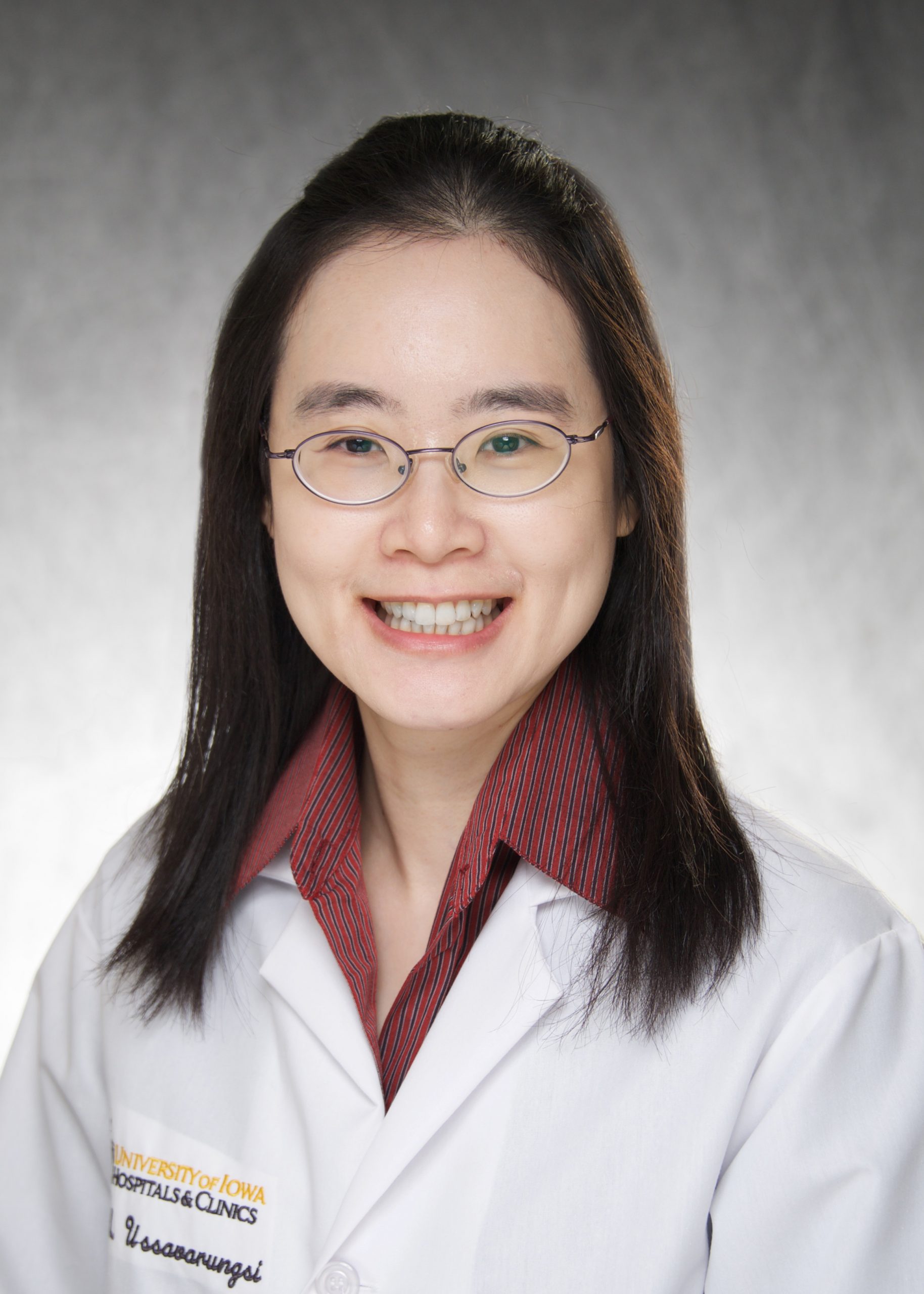Many models predict that Iowa will see a peak in COVID-19 infections very soon and that peak resource utilization could occur within two to three weeks. The implication of this is that we should expect to see a significant increase in admissions of COVID-19 patients to the University of Iowa Hospitals & Clinics. We are preparing for this as a department, and I will dedicate most of this piece to summarizing these steps and to acknowledging many who have played a pivotal role in this process. I suggested earlier that our departmental culture has convinced me that we will rise to this occasion and now, as the rubber hits the road, it is important that we convey up-to-date information regarding how we will deploy our faculty and providers to meet the surge.
 Early on, many of our providers stepped up to staff the ILI clinics. Over the past two weeks, the department played an important role in reducing the volume of patients in our ambulatory sites by converting many of our visits to telemedicine encounters. We initially did these visits by phone, but we are now gearing up to expand our ability to do video visits. It has been a relatively heavy lift to equip multiple sites throughout our enterprise to “go live” with video visits, and I recognize that there remains some lingering practical matters to iron out. More than five dozen exam rooms throughout our main campus and at IRL have been turned into telemedicine locations for our department, and this week we also learned that many states have relaxed licensure requirements that will enable you to manage patients using telemedicine across state lines [see map]. Many thanks to Robert Jones, Denise Zang, and Dr. Kim Staffey, who have worked very hard to ensure adequate scheduling support, billing and coding, and template construction were in place in order to make these conversions happen so smoothly. I also want to thank the identified “telemedicine champions” in each division—some two dozen providers—who have agreed to pilot these platforms. They have also agreed to serve as resources to work with you to ensure that your videos visits will work seamlessly. Though each of us has experienced unique challenges within our new COVID-driven landscape, I want to thank you for tackling them all with grace, offering honest and constructive feedback so we can make quick adjustments.
Early on, many of our providers stepped up to staff the ILI clinics. Over the past two weeks, the department played an important role in reducing the volume of patients in our ambulatory sites by converting many of our visits to telemedicine encounters. We initially did these visits by phone, but we are now gearing up to expand our ability to do video visits. It has been a relatively heavy lift to equip multiple sites throughout our enterprise to “go live” with video visits, and I recognize that there remains some lingering practical matters to iron out. More than five dozen exam rooms throughout our main campus and at IRL have been turned into telemedicine locations for our department, and this week we also learned that many states have relaxed licensure requirements that will enable you to manage patients using telemedicine across state lines [see map]. Many thanks to Robert Jones, Denise Zang, and Dr. Kim Staffey, who have worked very hard to ensure adequate scheduling support, billing and coding, and template construction were in place in order to make these conversions happen so smoothly. I also want to thank the identified “telemedicine champions” in each division—some two dozen providers—who have agreed to pilot these platforms. They have also agreed to serve as resources to work with you to ensure that your videos visits will work seamlessly. Though each of us has experienced unique challenges within our new COVID-driven landscape, I want to thank you for tackling them all with grace, offering honest and constructive feedback so we can make quick adjustments.
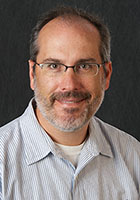 Dr. Chris Benson Cardiovascular Medicine |
 Dr. Brittany Bettendorf Immunology |
 Dr. Chris Charis-Donelson General Medicine |
 Dr. Marcelo Correia Endocrinology |
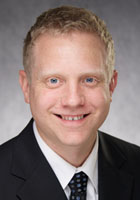 Dr. Ben Davis Immunology |
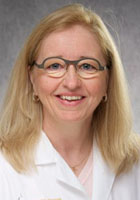 Dr. Kim Delcour Cardiovascular Medicine |
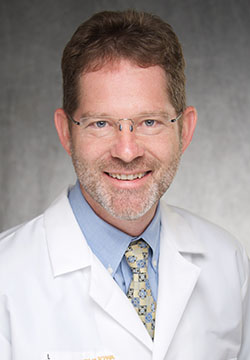 Dr. Dan Diekema Infectious Diseases |
 Dr. Rachel Dirksen General Medicine |
 Dr. Ayotunde Dokun Endocrinology |
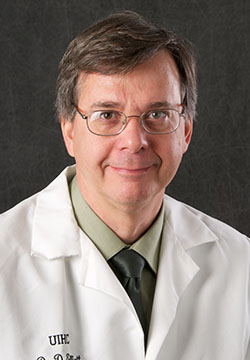 Dr. David Elliott GI/Hepatology |
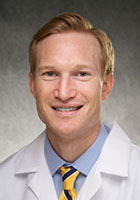 Dr. Alan Gunderson GI/Hepatology |
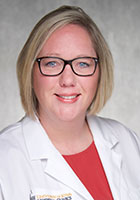 April Haven, ARNP GI/Hepatology |
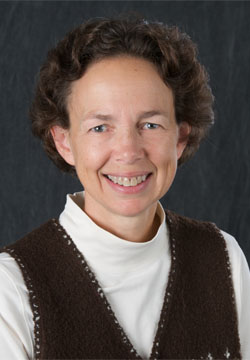 Dr. Becky Hegeman Nephrology |
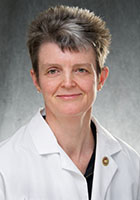 Dr. Denise Hodgson-Zingman Cardiovascular Medicine |
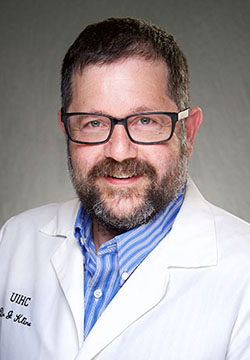 Dr. Joel Kline Pulmonary |
 Dr. Bharat Kumar Immunology |
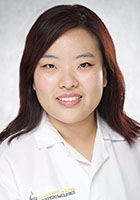 Dr. Ye-Jin Lee GI/Hepatology |
 Dr. Aleksander Lenert Immunology |
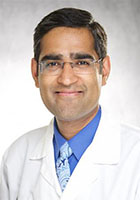 Dr. Varun Monga Hematology-Oncology |
 Dr. Arvind Murali GI/Hepatology |
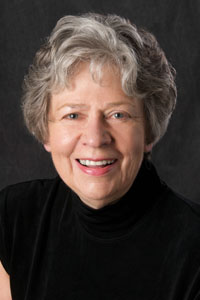 Dr. Janet Schlechte Endocrinology |
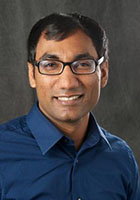 Dr. Praveen Vikas Hematology-Oncology |
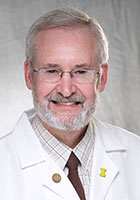 Dr. Scott Vogelgesang Immunology |
We have also shown our readiness as the numbers of COVID19-positive patients and persons-under-investigation that have arrived on our doorstep have steadily increased. I want to acknowledge and thank the members of our hospitalist team, our ICU team, our house staff and their teaching attendings, and fellows and consult services, who are all working very hard to provide the best care for these patients, while continuing to manage the other acute cases that are in the hospital. Our Home Treatment Team cares for those who do not need hospitalization, keeping the patient’s needs at the forefront while managing them in their home. That linked story describes an important innovation that I believe represents a valuable approach other institutions across the country could emulate. We are managing presently, but what about the surge? Across the street, our partners at the VA Medical Center have finalized and released their surge plan, which represents a phased approach that opens new wards and rebalances case loads across the units as the numbers mount. Division Directors and VA personnel have received this outlined plan and should have shared this with all other relevant staff.
 The same level of deliberation has gone into the planning on our side of the street. Various working groups tasked by the Hospital Incident Command System (HICS) have done their analyses and resource assessments. Contingencies have been considered and the impact on everyone weighed, making sure resources and staffing across all levels is properly distributed. The recommended plan for our hospital is nearing completion and will be released soon. Concurrently, the department’s plan to manage faculty allocations during the anticipated increase of COVID19-positive patients will be communicated in the next few days following consultation with Division Directors and other stakeholders. I am confident that these plans will ensure that human resources (faculty, APPs, and trainees) are properly deployed to prevent their rapid depletion or over-exertion. We have already requested faculty to let us know of their willingness to provide backup for the hospitalists for example, and we will communicate plans for additional faculty re-deployment should this become necessary. I want to acknowledge the HICS team for their ongoing focus on the multiple details that will go into any institutional plan and for the opportunity to provide feedback to them.
The same level of deliberation has gone into the planning on our side of the street. Various working groups tasked by the Hospital Incident Command System (HICS) have done their analyses and resource assessments. Contingencies have been considered and the impact on everyone weighed, making sure resources and staffing across all levels is properly distributed. The recommended plan for our hospital is nearing completion and will be released soon. Concurrently, the department’s plan to manage faculty allocations during the anticipated increase of COVID19-positive patients will be communicated in the next few days following consultation with Division Directors and other stakeholders. I am confident that these plans will ensure that human resources (faculty, APPs, and trainees) are properly deployed to prevent their rapid depletion or over-exertion. We have already requested faculty to let us know of their willingness to provide backup for the hospitalists for example, and we will communicate plans for additional faculty re-deployment should this become necessary. I want to acknowledge the HICS team for their ongoing focus on the multiple details that will go into any institutional plan and for the opportunity to provide feedback to them.
Our readiness is intimately linked to all of us being informed. Hardly a day goes by in which some noon-hour livestreamed Q&A session has not occurred. Our department has been proud to help contribute to this information-rich environment with our Grand Rounds sessions, the third COVID-related one which just took place yesterday. All of those sessions are available for viewing. Today our second department town hall will take place with a focus both on the nuts and bolts of what we are up against, but also on how to help each other bear the emotional toll and take care of ourselves as well. My thanks to Drs. Dan Diekema, Greg Schmidt, and Kim Staffey for answering questions, and to Dr. Manish Suneja for organizing these sessions. That Zoom link should have come to your inbox yesterday afternoon. Questions last week ranged from the microbiological to the political, and it is our hope that attendees know that their input is critical for us to get this right. We look forward to today’s session beginning soon.
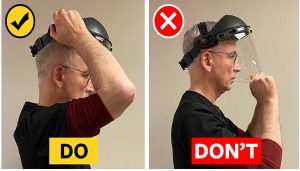 As we think about resources, this week has also seen the mass delivery of thousands of protective face shields to providers throughout the house. Many questions about them were answered extensively by Drs. Teri Brennan and Mike Brownlee in this video session and on this Loop resource page. But I also reached out to Dr. Mike Edmond, Chief Quality Officer and star of this excellent video, for clarification on how face masks should be incorporated with our face shields. He sends the following:
As we think about resources, this week has also seen the mass delivery of thousands of protective face shields to providers throughout the house. Many questions about them were answered extensively by Drs. Teri Brennan and Mike Brownlee in this video session and on this Loop resource page. But I also reached out to Dr. Mike Edmond, Chief Quality Officer and star of this excellent video, for clarification on how face masks should be incorporated with our face shields. He sends the following:
For COVID patients (confirmed or suspected):
- Wear a hospital-issued standard face mask (not a cloth mask) under your face shield.
- If you are performing an aerosol-generating procedure, wear an N95 mask under your face shield. These are available and in some areas of the hospital are being re-sterilized to conserve our supply.
For non-COVID patients:
- The use of personal, washable cloth masks is being permitted under the face shield. These should be washed at the end of each day.
- If you are performing a procedure for which you normally would wear a face mask (e.g., lumbar puncture, central line insertion), wear a hospital-issued standard face mask (not a cloth mask).
And don’t forget hand hygiene. It’s more important than ever!
Finally, though there is much on our minds these days that is concerning, it is important to be able to celebrate our traditions. And there are few greater annual traditions than the election of a new cohort of Chief Residents. Our Chief Residents are critical members of our department, the bridge between resident and faculty, between patients and residents, and, as representatives to our large team of trainees, they convey our vision and aspirations as a department. The position has only become more important in our current moment as they build complicated schedules, shape and communicate new guidelines, and ensure that our residents are supported and stay well. I am confident that this foursome taking office in 2021 will not only maintain the standards of excellence their predecessors have established, but perhaps will exceed them (no pressure!). Congratulations, and I look forward to going on rounds with you.
In closing, let me reiterate my deep gratitude to all of you as you make sacrifices large and small to take care of yourselves and those who depend on us. We are all in this together. I could not be prouder of what we have already achieved as a well-prepared team.
